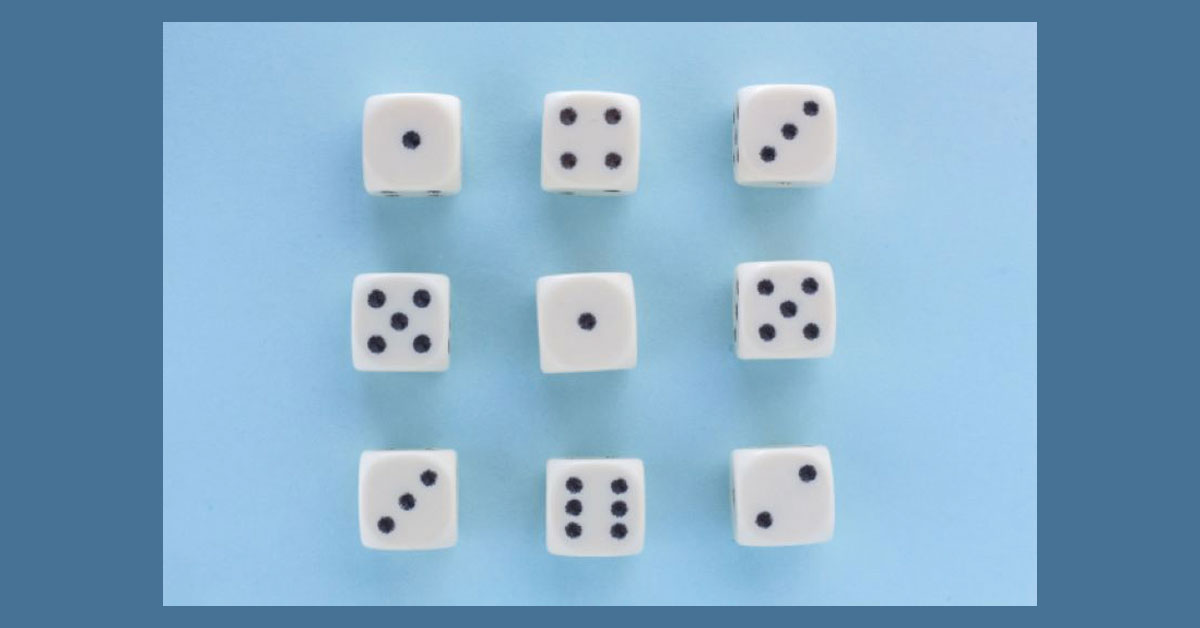Play a Game of Chance or Create a Competitive Advantage
If you’re in Central Ohio on the evening of May 2, come join me at the next ProductTank Meetup Columbus.
I’ll be leading an interactive presentation entitled “Customers Can Tell Us What They Want.” Come see how companies are using Jobs-to-Be-Done (JTBD) to integrate and enhance their Design Thinking, Lean Startup and Agile processes to:
- Identify their target customers’ unmet needs with precision
- Determine which unmet needs (i.e., opportunities) are most attractive to pursue
- Create differentiated value at concept creation
To learn more and register, CLICK HERE.
========= =========
Separately, but on the same theme, have you ever noticed that people tend to give significance to factors that are plainly visible while ignoring other often more important factors because they’re difficult to see or measure? This happens every day and it’s called “saliency bias.”
“Saliency bias refers to the cognitive bias in which individuals tend to focus their attention on prominent or visually striking cues while neglecting other important information.” (https://psychology.tips/saliency-bias/)
Saliency bias can cause grave harm because it leads us to make bad decisions based on incomplete information.
In financial markets, people lose money every day because they react impulsively to attention-grabbing headlines about a company without considering its fundamentals. Warren Buffet has become fabulously rich and famous largely due to his ability to overcome saliency bias and focus on the underlying value of a company.
In healthcare, it’s not unusual for patients and even healthcare providers to initially dismiss subtle non-specific symptoms like fatigue or weight loss only to find out later that the underlying problem is cancer.
In business, leaders face a double whammy: salience bias and misbeliefs that keep them from even looking for the underlying fundamentals.
First, saliency bias shows up when leaders look at the overall success rate of new products – generally understood to be 70-90% – and conclude that “innovation is inherently risky and messy.” This conclusion does not comport with the facts if we dig deeper.
It’s helpful to understand that, at a high level, there are two risks associated with innovation:
Market risk: the risk that people won’t buy what you make because you misunderstood their needs and/or their competitive options
Solution risk: the risk that you won’t be able to make what people want
Research has consistently shown that the biggest risk to innovation is market risk. The authors of the popular book, Nail It Then Scale It: The Entrepreneur’s Guide to Creating and Managing Breakthrough Innovation, Nathan Furr and Paul Ahlstrom, proclaim that over 90% of the new business that fail, fail due to market risk. Hence, if you can dramatically minimize market risk – and you can – then you can dramatically increase success rates.
“Innovation is not inherently risky and messy; the way most companies are executing the front end of innovation is inherently risky and messy.”
Second, many people mistakenly believe that “customers cannot tell us what they want.” This misbelief persists because people confuse customer needs with product and service solutions. As Theodore Levitt said, “People don’t want to buy a ¼ drill; they want a ¼” hole!” We must remember that the drill is not the hole.
People don’t want to buy your products/services or mine; they want to get their functional, emotional, and social jobs done.This thinking, called “jobs thinking,” is based on the insight that people “hire” products and services to get their jobs done. It’s applicable to virtually any organization that wants to create unique value for its target customers.
The unfortunate consequence of saliency bias and these two persistent misbeliefs is that many companies don’t believe it’s possible to conduct a rigorous investigation into what customers want. The fact is customers can tell us what they want if we ask them what they want to accomplish rather than asking them for product or service solutions. But you must know what type of customer inputs to obtain, how to get them, and how to use them.
JTBD now makes it possible for virtually any firm to identify and rank the biggest opportunities in their market(s) in a precise and actionable format. That’s a key part of mastering the fundamentals of innovation and new product development.
You don’t need to be a victim of salience bias and misbeliefs. You can:
- Identify your target customers’ unmet needs with precision
- Determine which unmet needs (i.e., opportunities) are most attractive to pursue
- Create differentiated value at concept creation
“The secret of business is to know something that nobody else knows.”
– Aristotle Onassis, 20-Century Shipping Magnate




